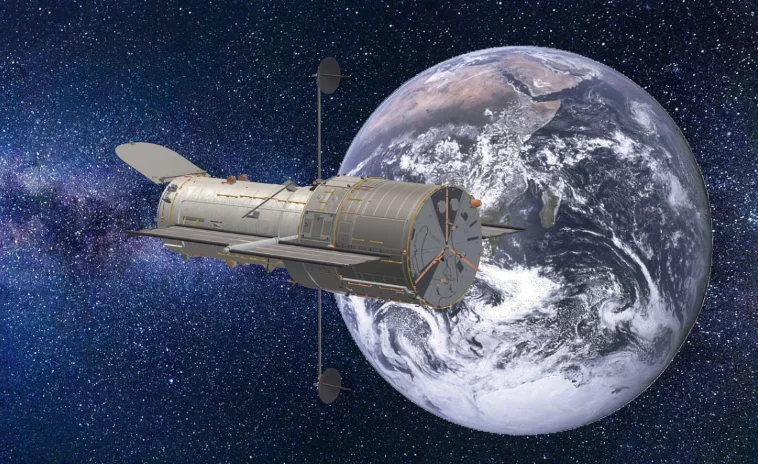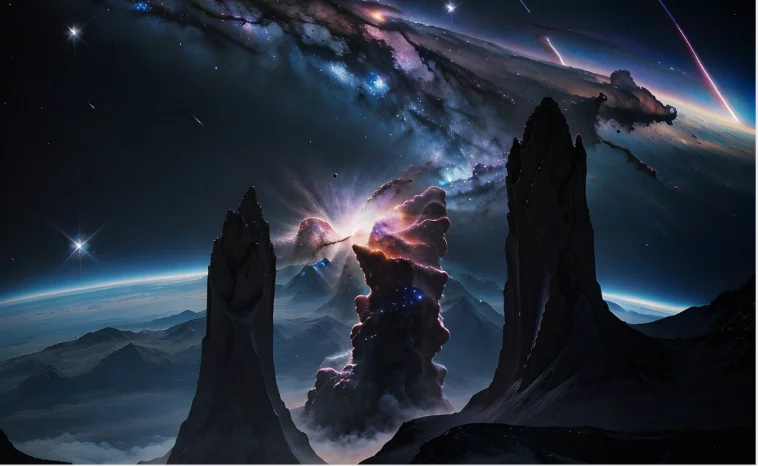The Hubble Tension: Still unresolved?

Will astronomers soon, in the next seven months, reach an agreement about the rate of expansion of the universe? Will the Hubble tension be resolved? Who will win? These are all interconnected, mysterious questions!
And it’s about this: since Edwin Hubble, in 1929, noticed that galaxies are moving away from each other, and therefore the entire universe is expanding, scientists have been trying to calculate the speed of this expansion.
Recently, two results, achieved by different measurement methods, stood out:
- 7 kilometers per second per megaparsec and,
- 74 kilometers per second per megaparsec.
This discrepancy is known as the Hubble tension.
Most people don’t care if the universe is expanding at one rate or another because the difference between 67.7 or 74 isn’t much of a difference, but physicists can’t sleep peacefully because of that difference.
They say that the Hubble tension is one of the key problems of modern cosmology and that its solution could change our understanding of the universe and the fundamental laws of physics.

No one doubts that a unique solution will finally be reached, that this difference in speed will be erased, but the question is when it will finally happen.
Some believe that we will not wait long for the final solution, a year at the most (starting from May), while others show certain reservations regarding such a quick solution.
Recent measurement results obtained with the James Webb Space Telescope support the first idea, because that measurement is somewhere in the middle and is 70 km/s per megaparsec.
But the road to a final solution is still long and cites numerous wrong measurements in the past.
Let’s go through the main and basic factors needed to understand any of this.
- A parsec is a unit of distance used in astronomy. One parsec is equal to the distance from the Sun to a star that would have an annual parallax of one arcsecond.
- Parallax is the apparent movement of a star in the sky when viewed from different points in Earth’s orbit.
- One parsec is approximately 3.26 light-years, which means that light takes about 3.26 years to travel from a star one parsec away to Earth.
- One megaparsec is equal to one million parsecs.
And indeed, in the history of science there are many examples of wrong measurements. After all, errors are so inherent in measurements that scientists include them in their assessments and conclusions.

Just take the estimates of the distances and sizes of the Sun and the Moon from the time of ancient Greece, and then the estimates of the age of the Earth, and then let’s just remember how long astronomers measured the length of the day on Mars, and how wrongly the distances of stars, nebulae and galaxies were measured, and let’s not mention the famous case from 2011 when the allegedly measured speed of neutrinos was higher than the speed of light, etc.
Whole books can be filled with wrong results.
Due to limited understandings and based on malicious interpretations of some readers, we must add that despite all these mistakes, astronomers, mathematicians and physicists are still amazingly precise – considering that they are measuring something that can only be seen in the distance, or even not seen.
So, currently, only the tension around the Hubble tension is growing. We have not yet heard or read what the theory says about everything.

Because theory explains what practice observes. There is still plenty of time until May next year. Until then, the tension is rising!

